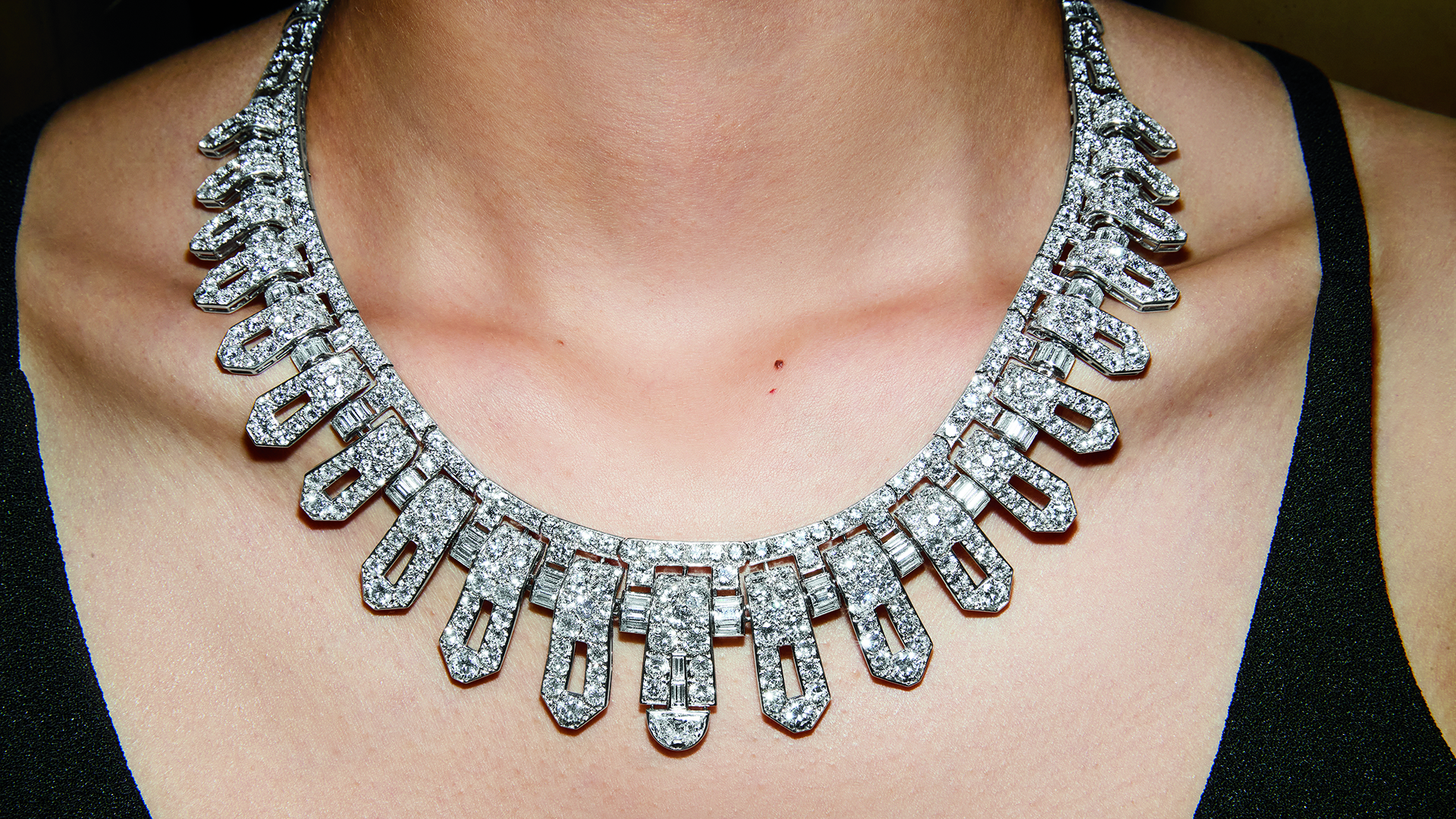It’s the same debate each year – is it better to buy a real Christmas tree or an artificial one?
The answer really depends on who you ask.
A plastic Christmas tree may save money in the long run and be easier to clean up – but nothing compares to the festive experience of picking out a tree at a local farm.
Artificial Trees Cost More But Last Longer
Get a weekly recap of the latest San Francisco Bay Area housing news. Sign up for NBC Bay Area’s Housing Deconstructed newsletter.
On average an artificial tree costs $104, while a live tree costs about $78, according to the American Christmas Tree Association.
The prices of artificial trees are expected to rise this year by 20 to 30%, the association says, due to weather in the Pacific Northwest and Midwest and “supply chain congestion.”
The National Christmas Tree Association says there are about 350 million Christmas trees growing in the U.S. alone, while 80% of artificial trees are imported from China.
A fake Christmas tree will last about a decade on average, allowing for convenience during the holiday season.
Artificial Trees Come in Different Colors & Styles
Artificial trees usually come in different sizes and colors, making it easier to find the perfect tree for your household.
From pink to silver to an upside down tree there’s one to fit everyone’s style. Many trees come fitted with multi-color or clear lights, making it easy to brighten up your home during the holiday season.
Artificial Trees Are Easier to Clean Up and Reuse
A fake tree means fewer needles on the floor and less of a mess to clean up when the holiday season inevitably comes to end. And best of all – you can store the tree away and reuse it the next year.
Where do American Christmas Trees Grow?
Notes: Data for Alaska and Hawaii unavailable. Christmas tree varieties include the top ten species sold according to the USDA Census of Agriculture. Tree density across the U.S. is a measure of cumulative average basal area using USDA data.
Amy O’Kruk/NBC
Real Trees Are Environmentally Friendly
A real Christmas tree takes an average of seven years to grow, with some growing for as many as 15. For every harvested tree, one to three more seeds are planted the following spring, according to the National Christmas Tree Association.
And best of all, real Christmas trees are considered a renewable and recyclable resource.
The association says artificial trees often contain metal toxins and non-biodegradable plastics.
An artificial tree also has a 1,000% larger carbon footprint compared to a real tree – because of the plastic materials.
Buying a Real Tree Supports Your Community
The U.S. is home to nearly 15,000 Christmas tree farms, which employ about 100,000 people – so buying a real tree is also a way to support your community and local businesses.
The states that produce the most Christmas trees include Oregon, North Carolina, Michigan, Pennsylvania, Wisconsin and Washington, the National Christmas Tree Association reports.
Family Tradition
What's more fun than picking out a real Christmas tree at a local farm during the holidays?
The annual experience of buying a real tree keeps tradition alive — and nothing is more festive than that.
Editor's Note: This story was originally published Nov. 18, 2021.



